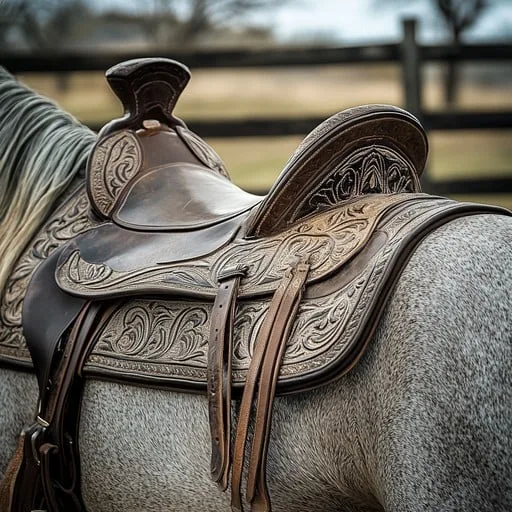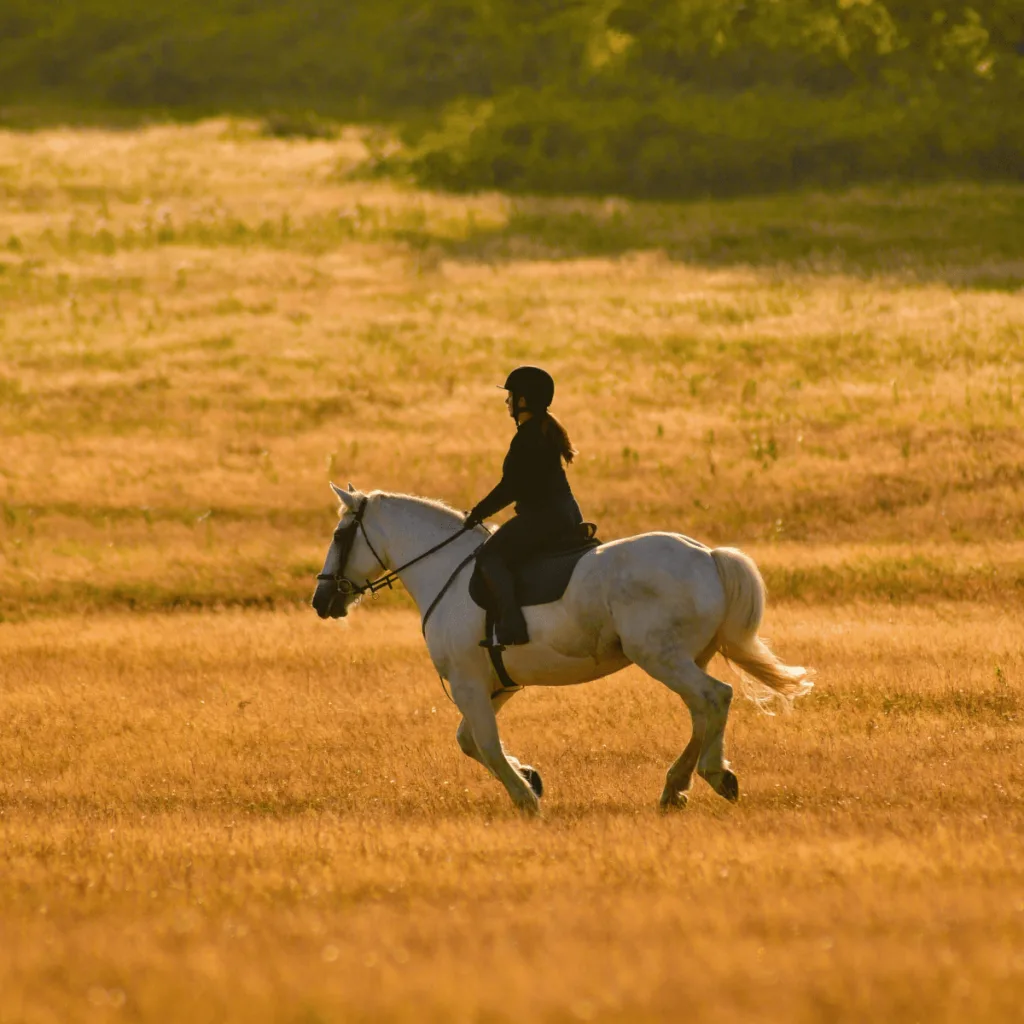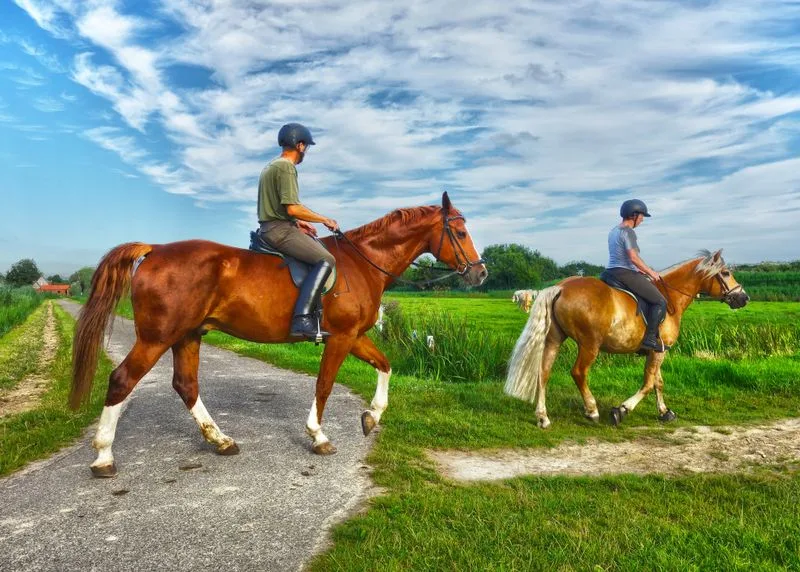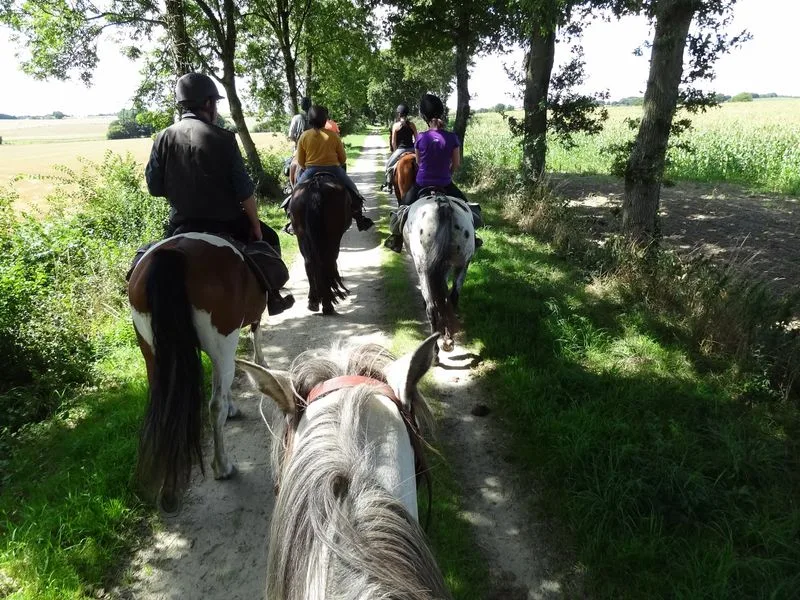Have you ever wondered how the comfortable, sturdy horse seat (saddle) you ride on is made?
Crafting a horse seat isn’t just about stitching leather together; it’s a detailed process that requires skill, precision, and knowledge of both horse anatomy and rider needs. In this blog, we’ll walk you through the steps involved in making a high-quality horse seat.
Step 1: Designing the Horse Seat
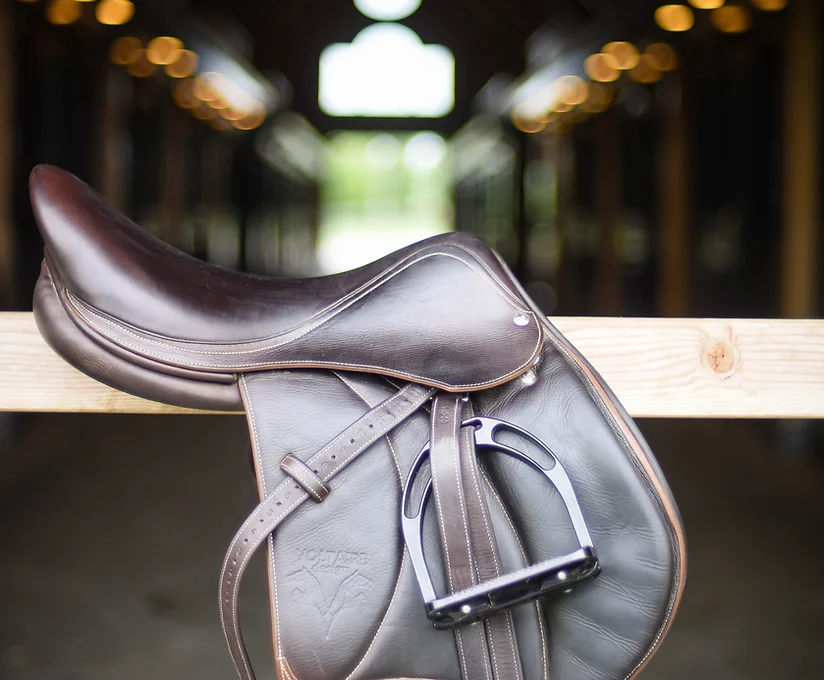
Every good saddle starts with a thoughtful design. The process begins with understanding the purpose of the saddle. Will it be used for jumping, dressage, or trail riding? The design changes based on the intended use, as different riding styles require different features.
The saddle maker considers:
- The Rider’s Needs: Comfort, support, and style.
- The Horse’s Anatomy: The seat must fit the horse’s back and allow freedom of movement.
- Materials: Leather, wood, and padding must be selected based on durability, comfort, and function.
Once the design is finalized, the maker moves on to selecting the right materials.
Step 2: Selecting the Materials
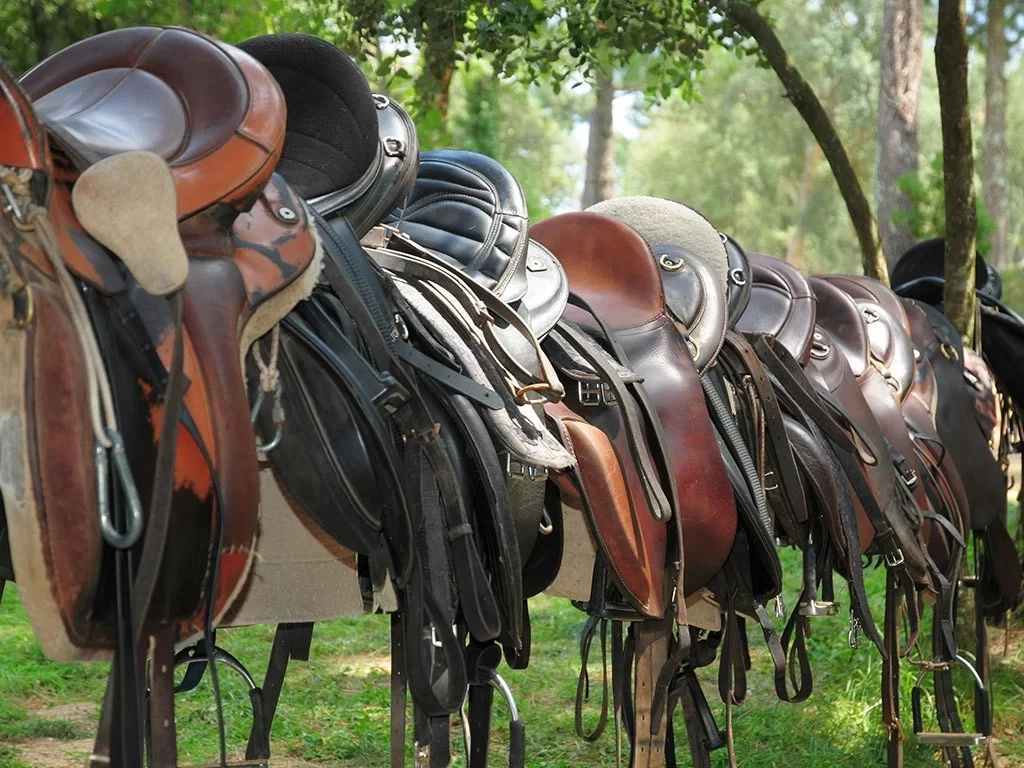
The materials used in making a horse seat must be of high quality to ensure both durability and comfort. The most common materials include:
- Leather: Leather is the main material for the saddle’s seat and panels. It’s durable, flexible, and can mold to the horse’s and rider’s shape over time.
- Wooden Tree: The “tree” is the frame of the saddle. It’s usually made from wood or a combination of wood and synthetic materials. It provides the saddle with structure and balance.
- Padding and Foam: To provide comfort for the rider, various types of padding or foam are used in the seat and panels.
- Stirrups and Straps: Metal and leather are commonly used for the stirrups and straps that connect the saddle to the rider’s legs.
Choosing the best materials is essential to creating a comfortable, durable saddle.
Step 3: Crafting the Saddle Tree
The saddle tree is the backbone of the entire seat. This wooden or composite frame is what the leather and padding are attached to. Crafting the tree involves:
- Shaping the Wood: The wood is carefully cut and shaped to match the specific style and size of the saddle. This is often done by hand or using specialized machinery.
- Adding the Cantle and Pommel: The cantle (the back of the saddle) and pommel (the front) are shaped and fixed to the tree, forming the saddle’s overall structure.
The saddle tree must be shaped to fit the horse’s back comfortably while providing balance and stability for the rider.
Step 4: Attaching the Leather
Once the tree is complete, it’s time to attach the leather. This step involves:
- Cutting the Leather: Leather is cut into the right shapes and sizes for the seat, skirt, and panels.
- Stitching: Skilled craftsmen stitch the leather around the tree. This is done by hand or using sewing machines, depending on the design. The stitching must be even and strong to ensure durability.
- Shaping the Seat: The leather is then stretched and molded over the tree. This creates a comfortable, supportive seat for the rider.
Click Here To Buy Horse Saddle

